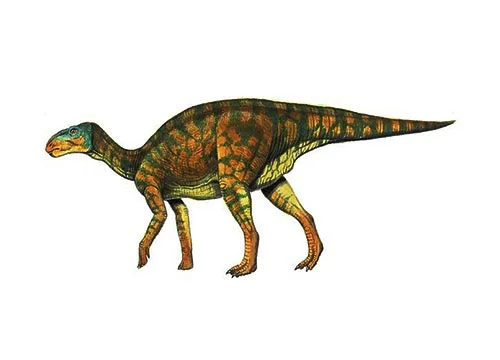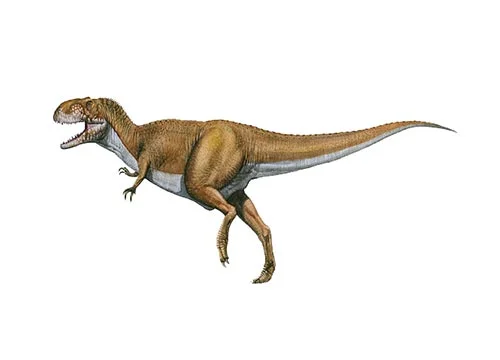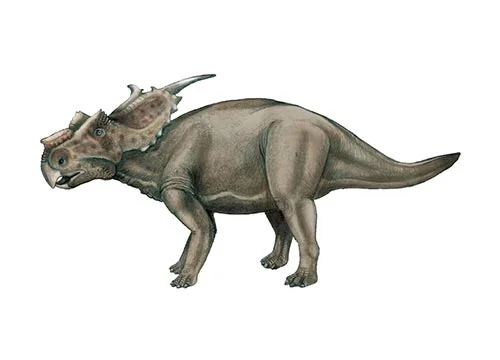Equijubus (horse mane)

Ek-we-ju-bus
H.-L. You, Z.-X. Luo, N. H. Shubin, L. M. Witmer, Z.-L. Tang & F. Tang - 2003
Herbivore
Estimated 4 meters long
Euornithopod
E. normani (type)
China, Gansu Province
Late Cretaceous, 75 million years ago
Equijubus Facts
Equijubus, meaning “horse mane,” is a genus of herbivorous dinosaur that lived during the Late Cretaceous period, approximately 75 million years ago, in what is now China.
Equijubus was a member of the iguanodontian family of ornithopod dinosaurs, which were characterized by their beaked jaws and teeth adapted for chewing vegetation. It measured about 4 meters in length and weighed around 400 kilograms, making it a medium-sized dinosaur.
One of the most distinctive features of Equijubus is the presence of a distinctive, backward-curving bony crest on the top of its skull, which gives the appearance of a horse’s mane. This crest may have served as a display structure, indicating social status or attracting mates, or it may have played a role in regulating body temperature.
The discovery of Equijubus is significant because it is one of the few ornithopod dinosaurs known from the Late Cretaceous period in Asia, providing important insights into the diversity and evolution of dinosaurs in this part of the world. Its unique cranial features also provide important clues about the evolution and function of head crests in ornithopod dinosaurs.
Despite its relatively small size, Equijubus was an important and successful herbivore in its ecosystem, and its discovery has helped to expand our understanding of the diverse range of dinosaurs that lived during the Late Cretaceous period.



